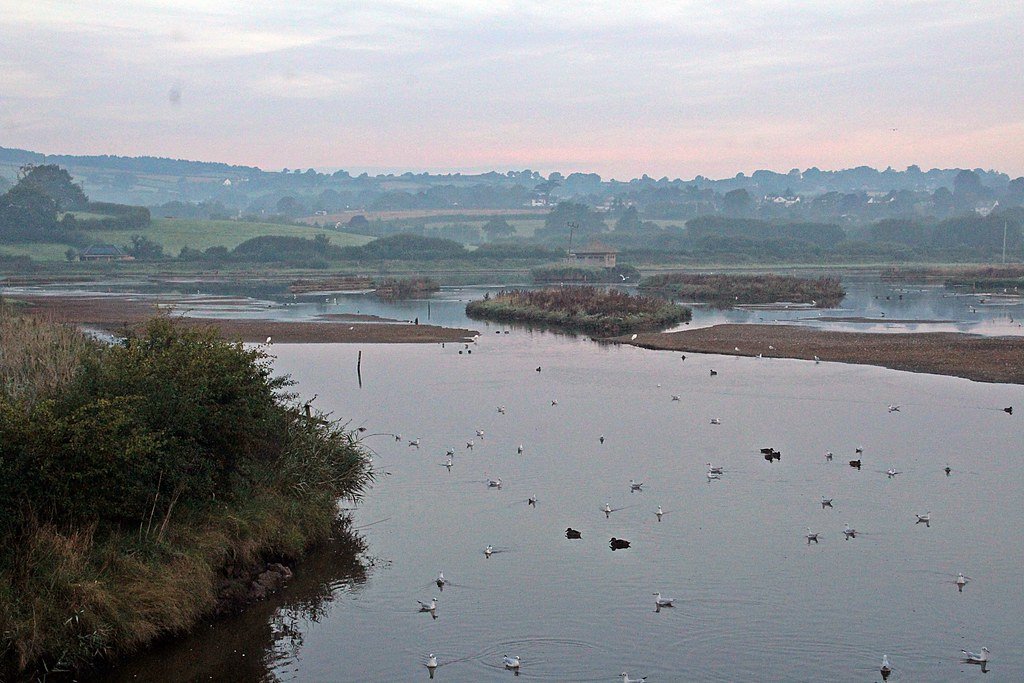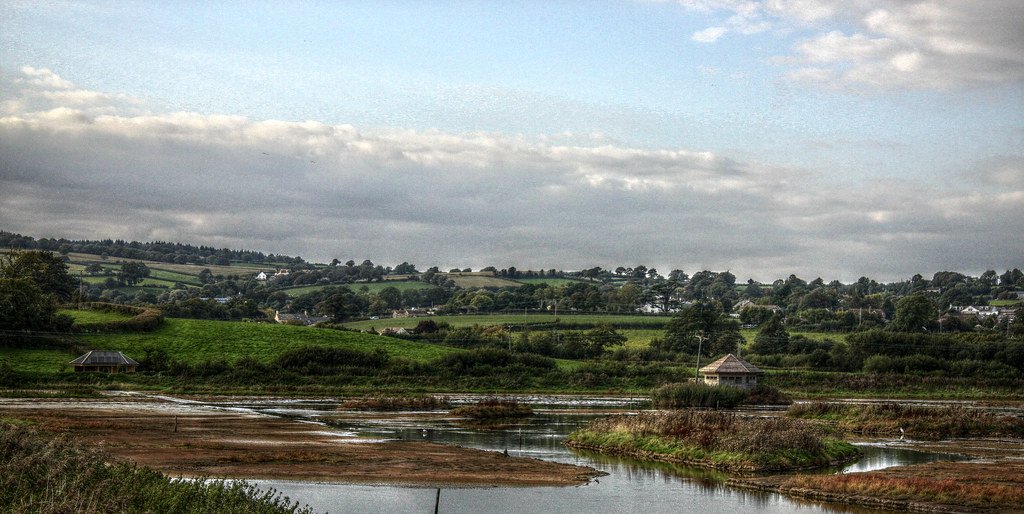
On 11 October it finally became clear that, the last objection having been withdrawn, the Compulsory Purchase Order to enable the completion of the ‘Stop Line Way’ cycle and walking route between Seaton and Colyford would be able to proceed. This was momentous for the local community in East Devon, and the news quickly gathered hundreds of ‘likes’ on social media.
The decision is also important for rural cycle routes across the south west, since Seaton is at one end of the ambitious long-distance Sustrans Route 33 – the other is 75 miles away in Bristol – which is part of the National Cycle Network. Route 33 follows the ‘Taunton Stop Line’ built by the Army in 1940 to contain a German invasion of the south west. Other sections of the longer route have been developed, but overall it remains fragmented.

The development of the Wetlands and the route
October’s developments concern a small strip of land needed to join the two sections of the route in the Seaton Wetlands, of which the southern end abuts Seaton itself, and the northern end open countryside towards Colyford. Over the last decade, East Devon District Council (EDDC) has turned the marshlands along the Axe estuary into the Wetlands, creating a haven for wildlife which is highly popular with locals and visitors alike.
By 2015 Devon County Council had constructed a ‘multi-user trail’ which enables people to walk and cycle through the Wetlands, but there was a problem: you had to go onto a busy and dangerous road to get from one section to another. The lack of a safe through-route has seriously detracted from the Wetlands. For years, the ‘missing link’ was held up by landowners who were reluctant to sell, forcing the council to agree in 2019 to issue its first CPO for a multi-user trail, in order to purchase a strip sufficient to construct the linking route along the edge of the field in the middle.
This brought the current owners back to the negotiating table, but by the end of the following year no agreement had been reached and early this year, the council finally issued the order. Still the owners objected and an Inspector was due to hear the case on 19 October, until the late withdrawal of this final objection. The palpable relief and excitement in the local community is tempered by the knowledge that work on the ground may not begin until autumn 2022, so that it will probably be 2023, eight years after the rest of the route was opened, before it is finally complete.
The longer route
This is, therefore, a story of how painfully slow progress can be on local government projects, and how dedicated walkers, cyclists and community activists have to keep up the pressure to achieve results. I was elected as Seaton and Colyton’s county councillor in 2017, when the new impasse with the landowners over the land needed to link up the route was clear, and it was possibly the single issue – after the threat to our community hospital – which garnered the widest support right across the area. Local walkers, cyclists, Wetlands volunteers and councillors would constantly press me on it, and I in turn would press the county council to push ahead, keeping in regular touch with the dedicated officers who were in charge of the project. The campaign to keep the marshlands for the community went all the way back, indeed, to 1968 when the Axe Vale and District Conservation Society was formed.
Unfortunately, landowners’ resistance has not been the only problem. Although there was some reluctance in the county council about using CPO powers for a cycle route, the more fundamental problem has been the change in the funding environment of local government after the Conservatives came to power in 2010. Plans for a longer Devon section of the Stop Line Way, linking Seaton to Axminster and the boundary with Somerset, had been developed from 2009, following EDDC’s purchase of two of the Seaton marshes the previous year. In effect, those plans belong to what now looks like a golden age, before Tory austerity took the axe to local councils.
Hopes for a further extension of the route in Colyford survived until the flooding crisis of 2014 led to the loss of expected funds. After I came into office, it became clear that while Devon county council was still committed to the Wetlands link, the rest of the route to Axminster had effectively been abandoned. Perhaps cyclists and walkers could try the quieter country roads instead? Not without risking their lives at the hands of motorists who often drive far too fast down winding lanes, which they assume are empty.

Austerity’s continuing threat
Despite the fuss made in 2020 about promoting non-car transport, funding for rural cycle routes appears non-existent. Devon county council is prioritising Exeter, Barnstaple and other towns, and the Stop Line Way is not the only planned route which is on hold. In the last budget meeting I attended, the Tories block-voted against the Independents’ and Greens’ move to put even a small amount of money towards rural cycle routes. Don’t expect any change soon. Remember that whatever Boris Johnson or Rishi Sunak say, austerity is still very much ‘on’ for local government.
Safe walking and cycling routes are vitally important in cities. But they also play a crucial role outside urban areas, enabling people to travel between towns and villages without using cars. Seaton has had no rail links since the Beeching cuts of the 1960s, but the Stop Line Way would enable people to cycle to Axminster to catch the train to Exeter or London, as well as providing valuable local links and opportunities for exercise.
If ‘levelling up’ is ever going to be more than an empty slogan, government needs to find the relatively small amounts of money which would transform connections across the country, boosting green tourism along the way.





